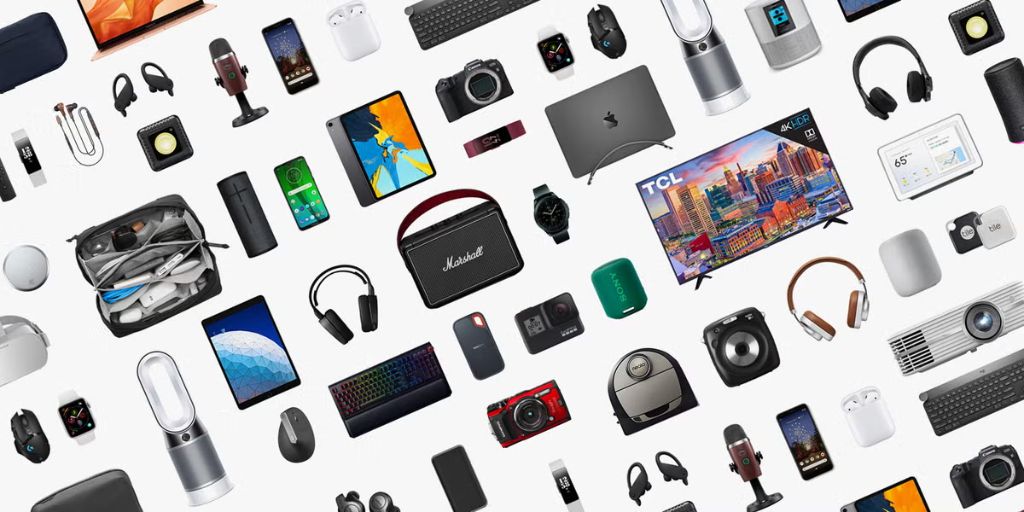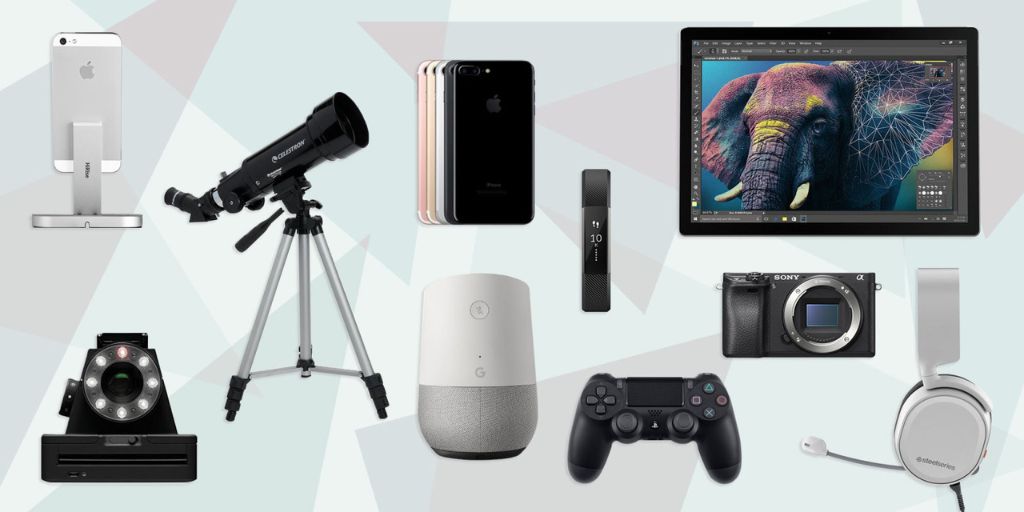With the surge of online shopping, the convenience of buying gadgets from the comfort of home is unmatched. However, this convenience also comes with risks—chief among them, the threat of counterfeit tech products. From fake headphones and chargers to imitation smartphones and wearables, the counterfeit tech market is booming.
These fake products often look remarkably similar to genuine ones but can pose safety risks, offer poor performance, and waste your hard-earned money. Here’s how to spot fake tech products online and protect yourself from scams.
1. Buy from Reputable Retailers
One of the easiest ways to avoid counterfeit tech is to shop with trusted retailers. Official brand websites, authorized resellers, and well-known platforms like Amazon, Best Buy, or Apple’s online store are generally safe. Be cautious when buying from third-party sellers on larger marketplaces, especially if the deal seems too good to be true.
Check if the seller is listed as “authorized” or “certified” by the brand. If you’re shopping on a platform like Amazon, look for “Ships from and sold by [Brand Name]” rather than third-party sellers.
2. Beware of Unrealistic Prices
If you spot a product listed at a fraction of its usual price, it’s a red flag. Counterfeiters lure buyers with deep discounts to make their offers hard to resist. While occasional sales and refurbished deals can offer real savings, a brand-new gadget priced dramatically below market value is likely a fake or a scam.
Compare prices across multiple trusted sites to get a sense of the typical market rate. If the price is significantly lower, approach with skepticism.
3. Check Product Reviews Carefully
Reading reviews can provide insight, but counterfeit products often come with fake reviews. Be wary of listings that have many generic or overly positive reviews, especially if they don’t mention specific product features.
Look for verified purchase reviews and seek out detailed feedback, both positive and negative. If possible, search reviews using keywords like “fake,” “counterfeit,” or “authentic” to see if other buyers have raised concerns.
4. Inspect Product Descriptions and Images
Genuine sellers provide detailed, clear product descriptions and high-quality images. Counterfeit listings may have spelling errors, awkward phrasing, or inconsistencies between the title, description, and images. Be alert for poor-quality photos or stock images that don’t match the product you’re expecting.
Cross-check the product details on the brand’s official website to ensure specifications and visuals align with the listing.
5. Look for Authenticity Verification Tools
Many brands now include security features to help verify their products. These can include:
-
Holograms or Security Seals: Check if the product packaging shows a holographic sticker or seal.
-
QR Codes or Serial Numbers: Authentic products often come with unique codes that can be verified on the brand’s website.
-
Brand Apps: Some brands offer apps that can scan barcodes or security features to confirm authenticity.
Before purchasing, research what authenticity measures the brand uses and how to check them once you receive the product.
6. Research the Seller’s Reputation
Beyond product reviews, check the seller’s overall reputation. Look at their profile, how long they’ve been selling, and their feedback rating. Be cautious of new or low-feedback sellers, especially if they’re offering high-demand items at steep discounts.

On marketplaces, avoid sellers with multiple complaints of sending counterfeit or non-functioning items. A quick web search of the seller’s name plus the word “scam” or “counterfeit” can also reveal warning signs.
7. Examine Return and Warranty Policies
Authentic tech products usually come with a clear return policy and manufacturer’s warranty. Counterfeit sellers often avoid offering returns or have vague, restrictive policies. Before buying, ensure that you can return the item if it’s not as described and that you’re covered by a warranty.
Brands often list their authorized resellers who can provide valid warranties, so cross-check this information when in doubt.
8. Assess the Packaging
Once you receive your product, inspect the packaging carefully. Genuine tech products typically come in high-quality, well-designed boxes with crisp printing, user manuals, and accessories properly packed. Counterfeit products may have:
-
Flimsy or cheap-looking packaging
-
Misspellings or grammatical errors on the box
-
Missing or incomplete documentation
-
Inconsistent logos or branding
If anything seems off, compare the packaging to images of the real product from the brand’s official site.
9. Test the Product’s Performance
Even if the product looks real, its performance can be a giveaway. For example:
-
Charging Accessories: Fake chargers may overheat or fail to charge at normal speeds.
-
Headphones: Counterfeit headphones often have subpar audio quality and may lack certain advertised features.
-
Smartphones/Tablets: Look for differences in speed, display quality, or missing software updates.
If your gadget underperforms or behaves unusually, it’s worth consulting the manufacturer or visiting an authorized service center for verification.
10. Trust Your Instincts
Finally, trust your gut. If something about the listing feels off—whether it’s the price, the seller, or the way the product is described—it’s often better to walk away. Scammers rely on urgency and emotional triggers, so take your time to research and make an informed decision.
Conclusion
As online shopping continues to grow, so does the risk of encountering counterfeit tech products. Fortunately, by staying vigilant—shopping from trusted sources, scrutinizing listings and reviews, and verifying authenticity—you can protect yourself from falling into the counterfeit trap.
While it may take a bit of extra effort, the peace of mind that comes with knowing you’ve bought a genuine, safe, and high-performing product is well worth it.
In a digital world full of deals, the golden rule holds true: if it seems too good to be true, it probably is.




